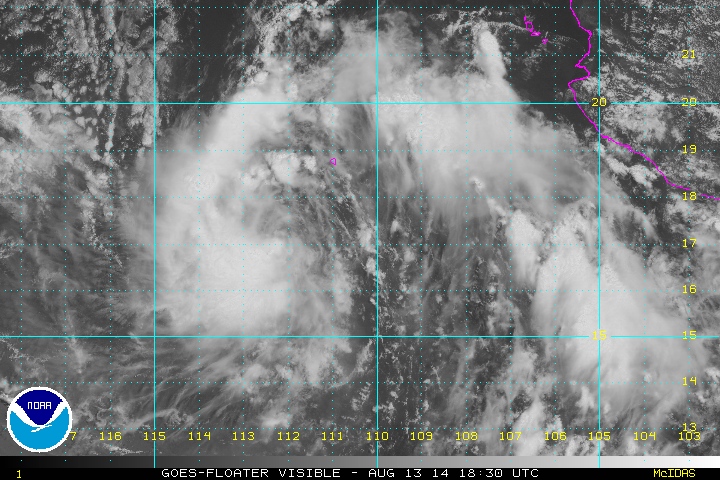Onda tropical (designada INVEST 96L) se acerca a Puerto Rico con probabilidades de generar cantidades significativas de lluvias en toda la isla...
Imagen actualizada del Viernes a las 10:56am:
El sistema es amplio, de características monsónicas (Ejemplos en el Pacífico Occidental) y cargado de mucha humedad dado el influjo masivo de aire húmedo en su cuadrante sureste.
El sistema es amplio, de características monsónicas (Ejemplos en el Pacífico Occidental) y cargado de mucha humedad dado el influjo masivo de aire húmedo en su cuadrante sureste.
Radar de Antillas Francesas:
Radar de Cayey:
Algunos modelos de mesoescala con resolución alta sugieren que el monto mayor de lluvias en Puerto Rico podría ser mañana en la tarde/noche, una vez INVEST 96L se comienze a alejar...
Esto es explicado por un aumento en la convergencia de humedad y un influjo masivo de aire sumamente húmedo desde el sureste.
El modelo global GFS propone de 3-5 pulgadas en casi todo el pais. A esta resolucion baja de 27km podemos concluir que cantidades mayores son definitivamente posibles, especialmente cuando introducimos el factor de las montañas en la generación de lluvias.
Modelo de mesoescala NAM (12km) pone aguaceros generalizados sobre la isla mañana en la tarde:
Pero el evento puede tornarse significativo en la tarde/noche hacia el sábado en la madrugada, cuando una banda alimenticia (feederband) podría llegar a traer lluvias en "trenes" que podrían generar acumulaciones mayores, especialmente en las laderas sur de la Cordillera Central. El potencial de un evento masivo de lluvias e inundaciones esta latente. Ojo cuando el eje se aleje de Puerto Rico.
Feederband sobre Puerto Rico? Recordamos que es solo un modelo y una simulación:
Hay una VIGILANCIA DE INUNDACIONES en efecto para todo Puerto Rico...
Sigan los boletines oficiales del Servicio Nacional de Meteorología en San Juan:
Click aqui para SNM San Juan
Muy pendientes a cualquier eventualidad. Este sistema puede acabar de rematar a la sequía en los embalses, pero también puede generar muchos problemas con inundaciones...
Greensboro, NC (8/22/2014) 12:21 am




























